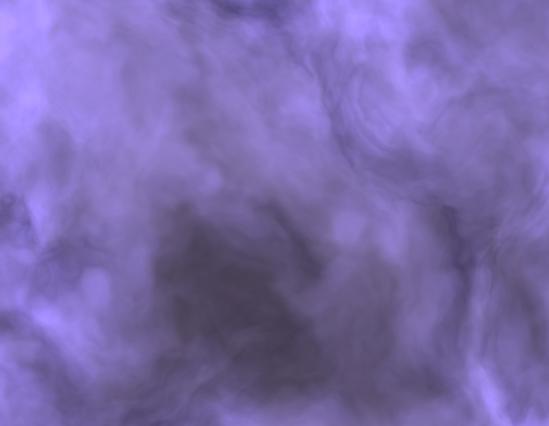| A planet Generator for Pov-Ray |
| One project we are working on at Cronodon.com is a random planet generator. Our prototype, written for Pov-Ray generates a potentially limitless number of planets. The user must first select from a range of planet types, and not every result works, so artistic judgement must be used in determining which planets to keep. |
| One planet type generates planets with a moderate atmosphere: thick enough to be clearly visible and often generating clouds, but thin enough so that the surface is partially visible. This results largely in medium-sized planets, similar in size to the Earth. Three examples of this type are given above, though more can be found on other pages on www.cronodon.com, with more due to appear in the near future. Some of these planets are ocean worlds, with surfaces entirely covered by water, others are icy and others have rocky surfaces or a mixture of liquid and dry land. The two planets on the left are another type, which has a much thicker atmosphere. This tends to result in diffuse clouds. In many cases these planets look like images taken through a remote telescope and so lacking in fine detail, such as one might see on observing Pluto from Earth. Some have a Venus-like quality, with dense swirling atmospheres. All results are generated from code, so no input or starting image is needed. So far only a small sample, perhaps a few hundred planets, have been generated, of which about 50 have been kept. Click thumbnails to view full size images. |
| Another planet type that can be generated, represents giant planets. This generates ice giants, gas giants and 'heavy-earths' with extensive atmospheres. Twelve examples are shown below. |
| Finally, small rocky worlds, resembling planets like Mercury, large asteroids and planetoids can also be generated. One example is shown below, though others can be found on www.cronodon.com. |
It should be remembered that each generated world is a 3D object and so can be
rotated and illuminated as desired. In all the views on this page we have used
even illumination, but it is quite easy to have part of the planet in shadow.
It is also straightforward to zoom in and out, as the close-up of the alien cloudtops
below demonstrates:
rotated and illuminated as desired. In all the views on this page we have used
even illumination, but it is quite easy to have part of the planet in shadow.
It is also straightforward to zoom in and out, as the close-up of the alien cloudtops
below demonstrates:
| So far, our planet generator is a working prototype. I am not sure whether or not to publish the code in the near future, especially since many of the generated planets will be used on www.cronodon.com, but anyone wishing to discuss planet generation in Pov-Ray or obtain tips can contact Bot at www.cronodon.com. Not all the planet models on this site were generated in this way, some used techniques in Pov-Ray which Bot experimented with early on. |



















